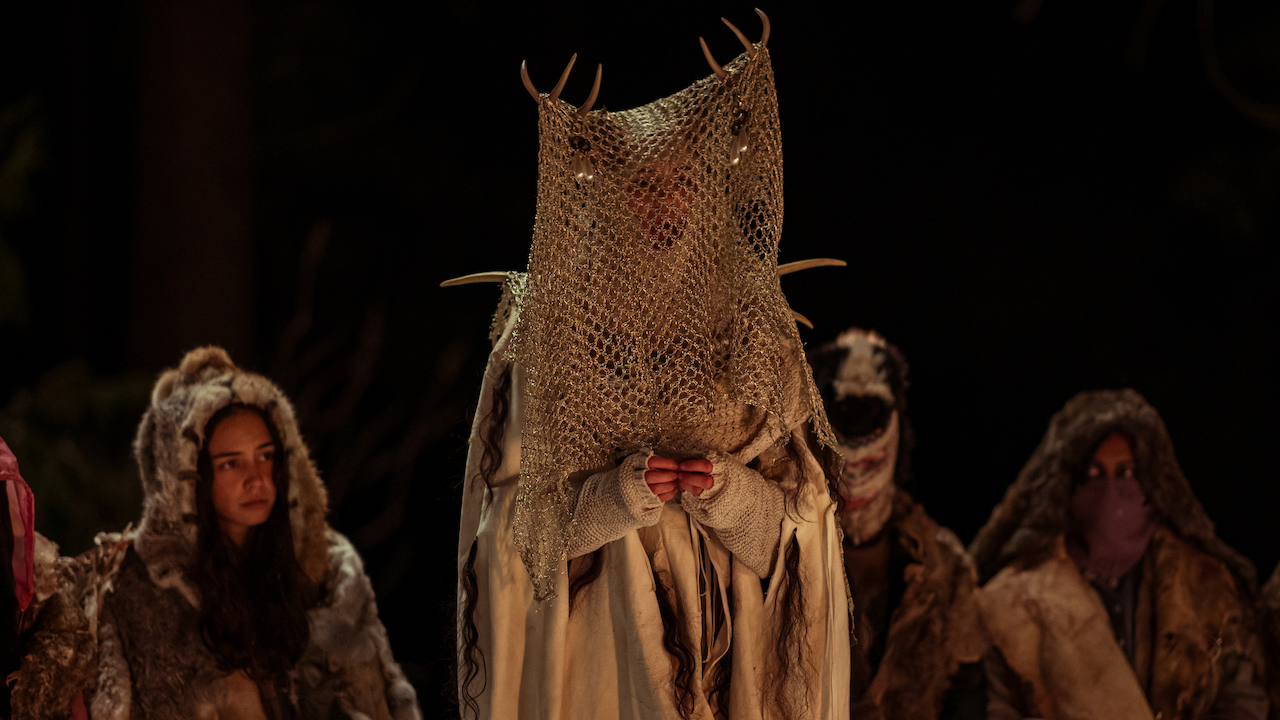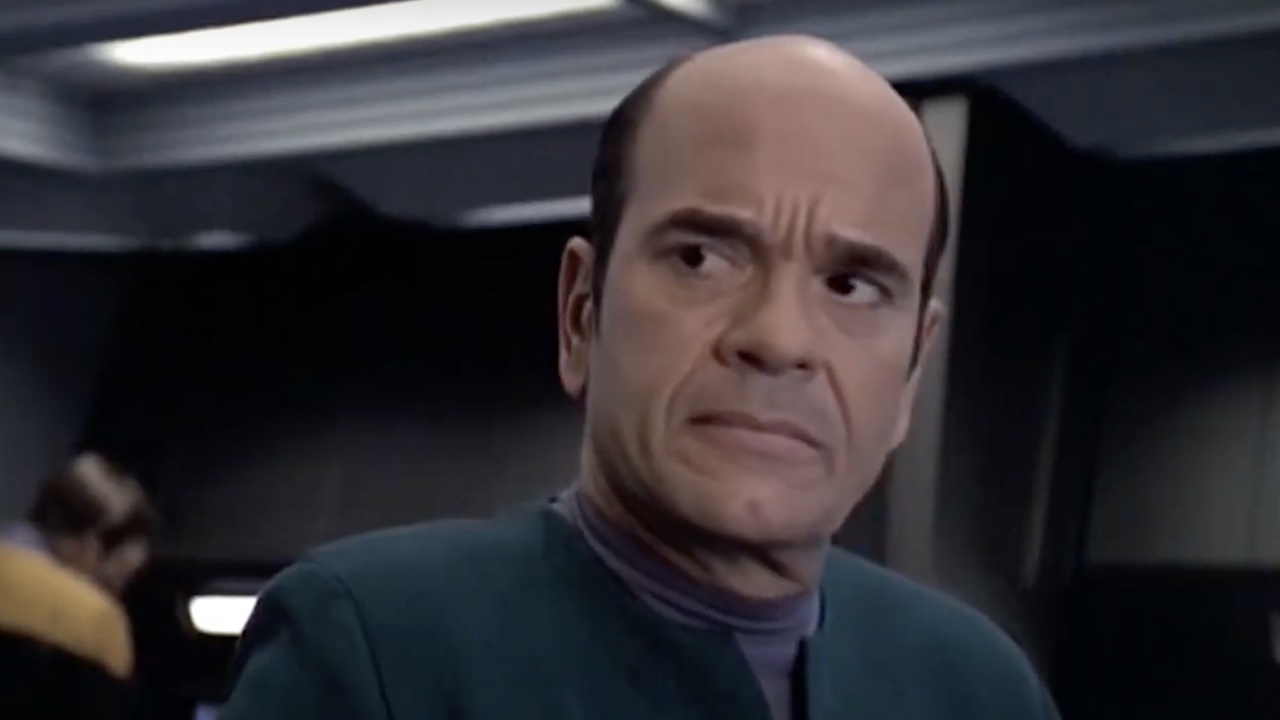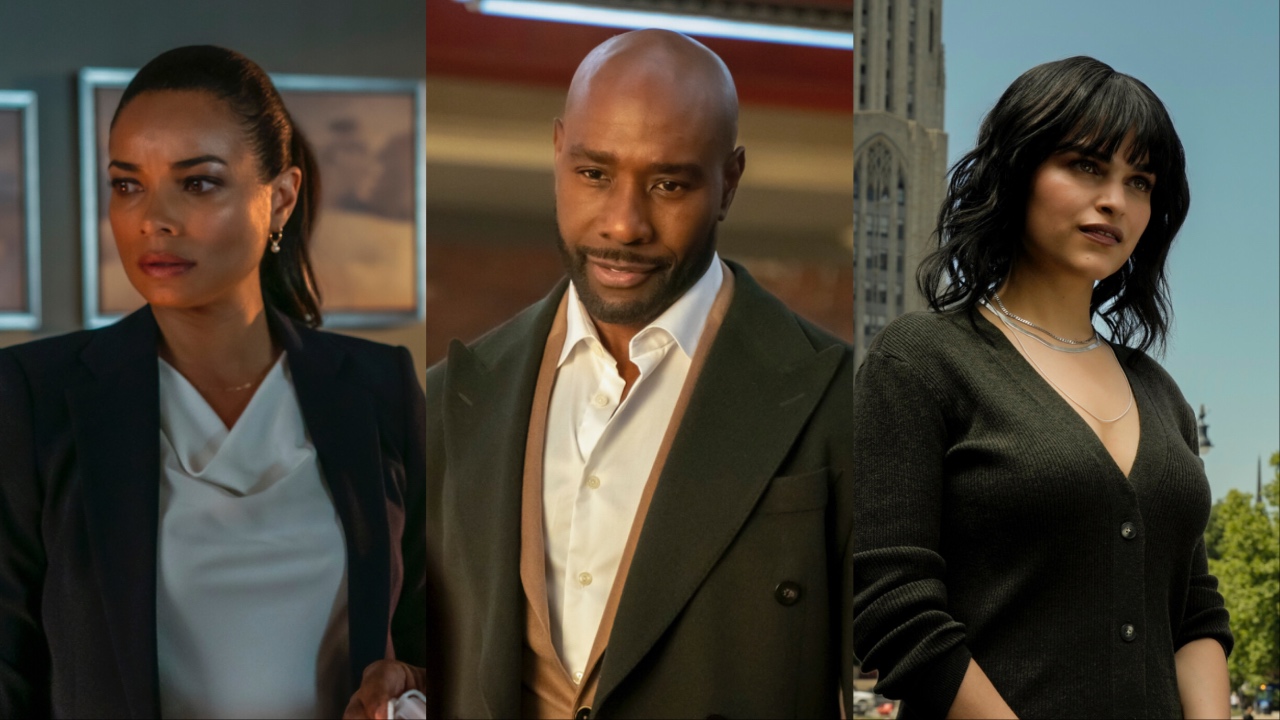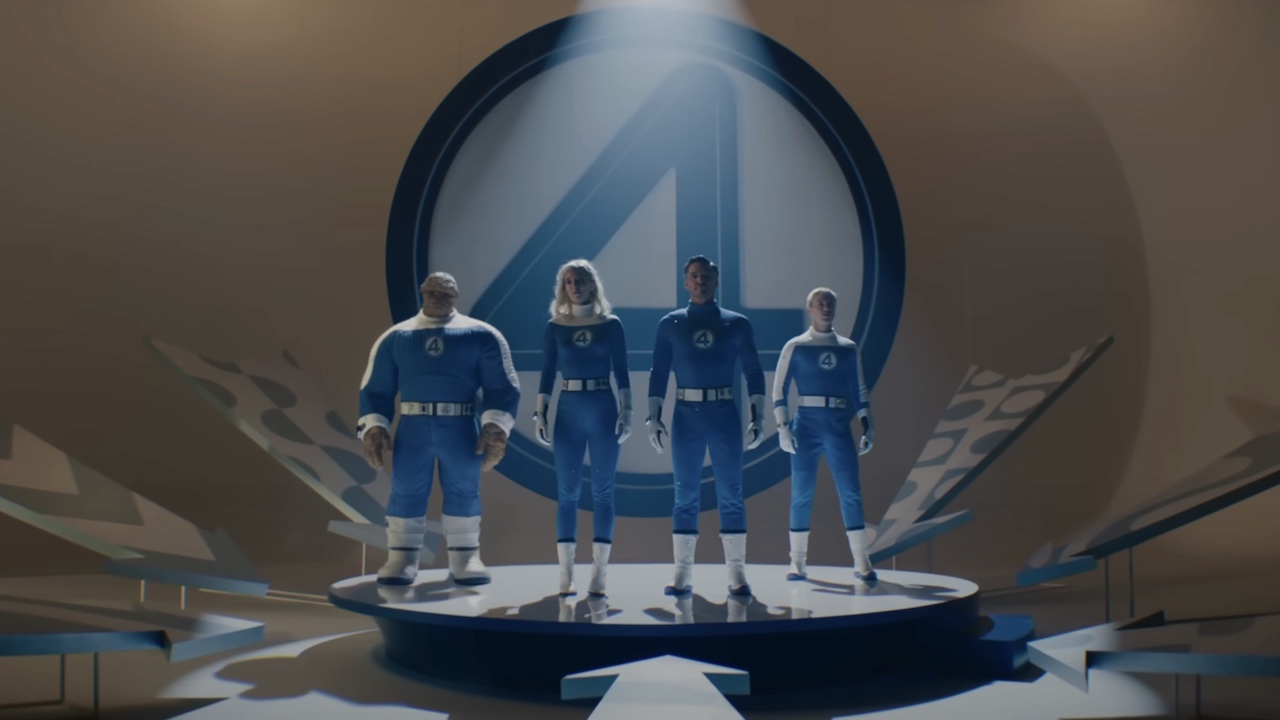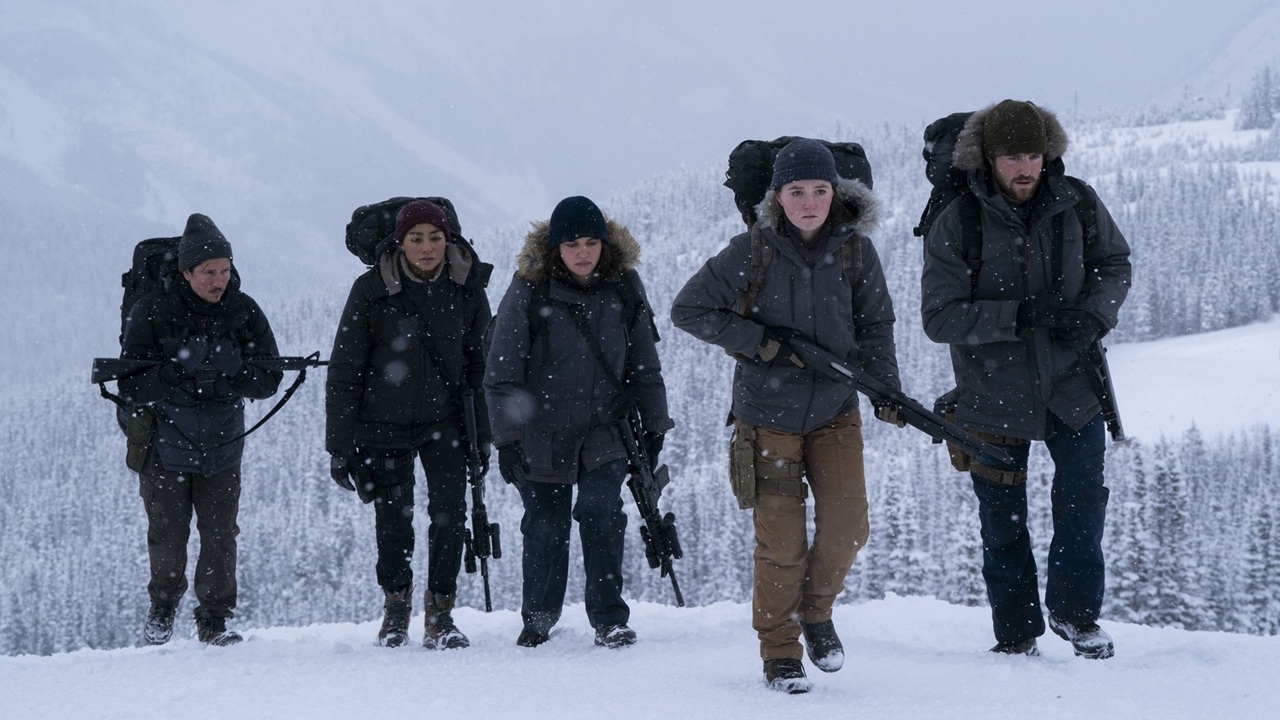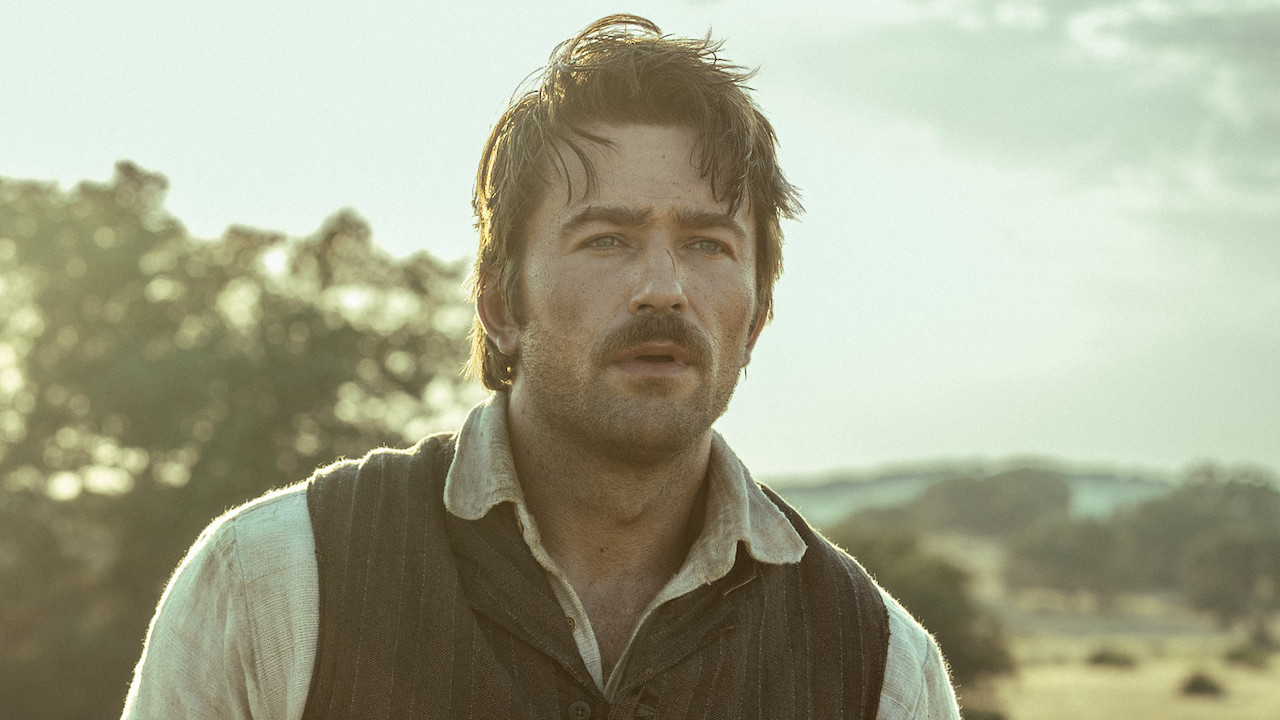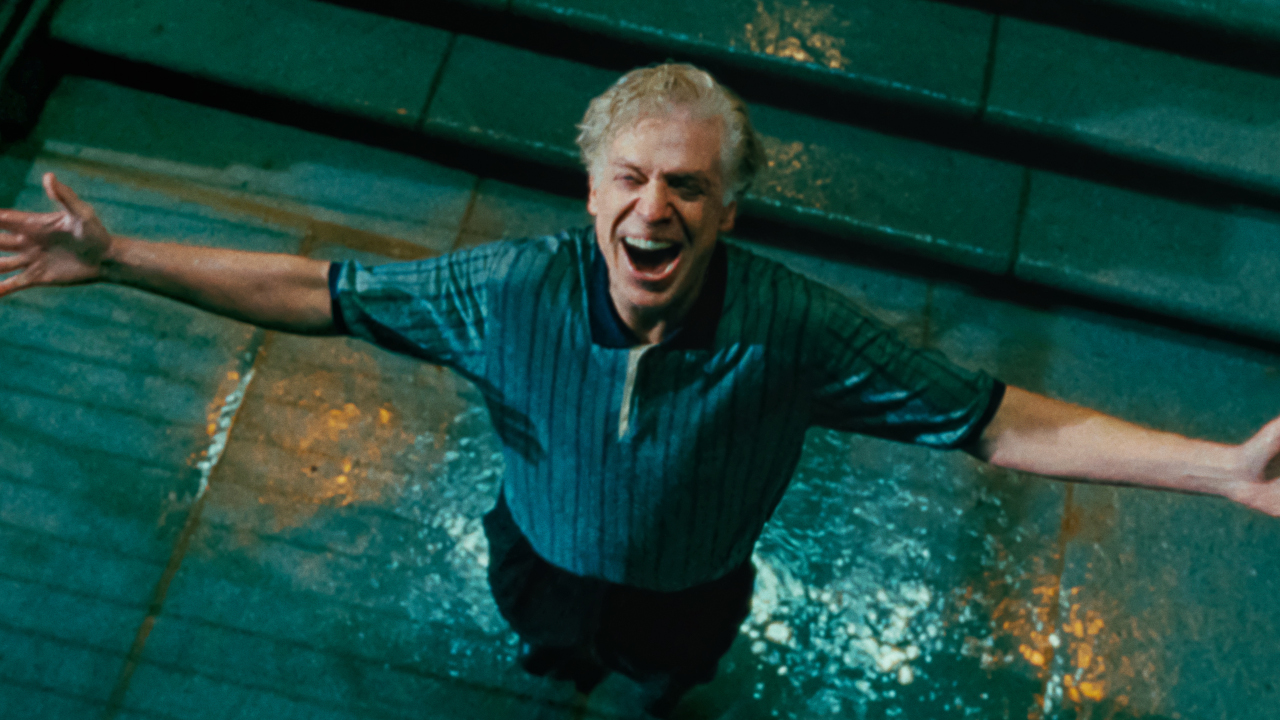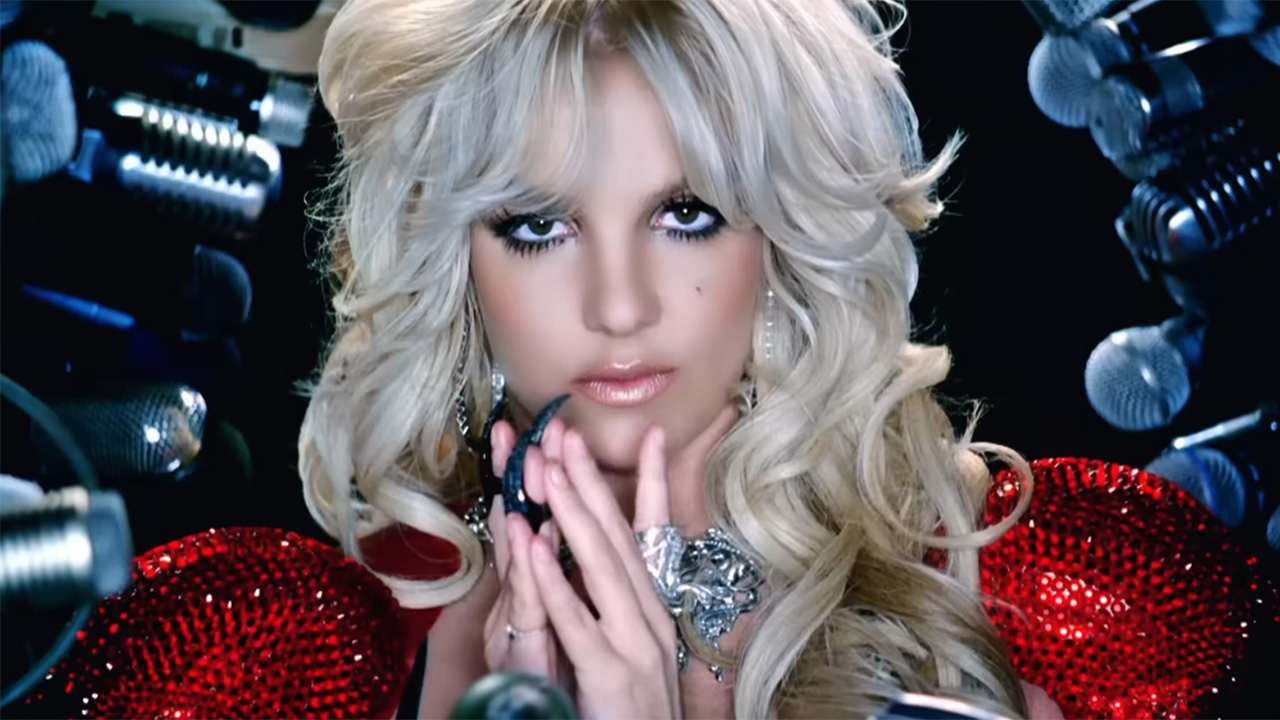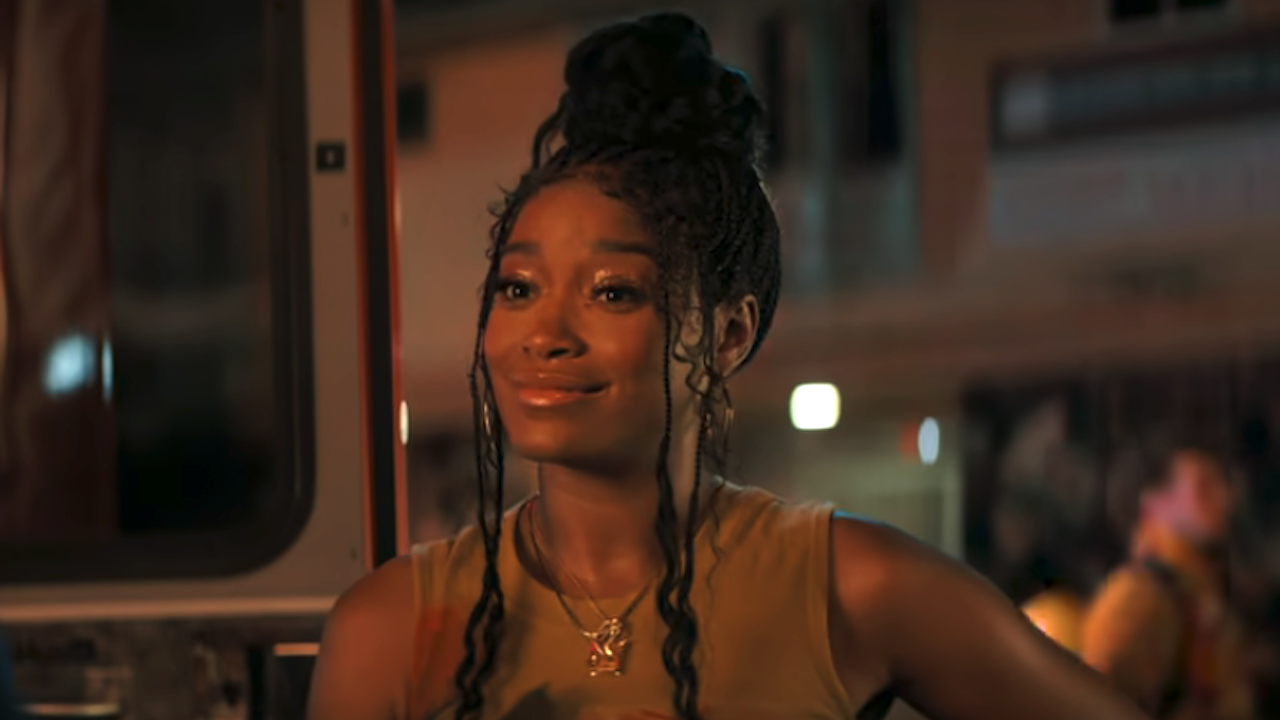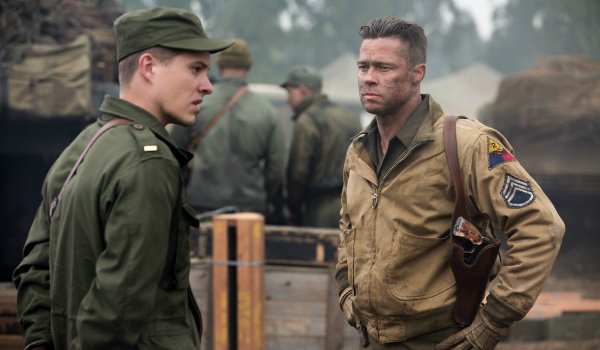
They were very clear about it from the very beginning— "Bring boots." The farm west of London, near the town of Watlington, probably would have been muddy, anyway. It was mid-November under leaden skies, and cows were everywhere. But Hollywood had come to town, and Hollywood, this time, meant mud. And tanks rolling through that mud. And actors and extras covered in more of that mud than you could possibly believe.
Last November, David Ayer’s Fury had set up camp in the farmland near Watlington, recreating— with mud and tanks and the occasional burning building— the ravaged landscape of Germany in April of 1945. Brad Pitt, Shia LaBeouf, Jon Bernthal, Michael Pena and Logan Lerman play the five crew members inside the titular tank, charged with liberating Germany but exhausted by war itself. It’s a war movie unlike any other that’s been made about the second World War— and making that required a lot of attention to detail, as we learned by watching the crew at work last November.
Here are the highlights of the ways they’re making Fury as realistic as possible.
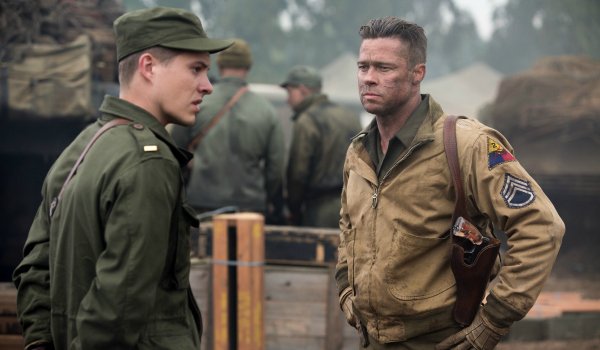
It’s the grotesque, demoralizing part of World War II you never see. Fury follows a single American tank as it rolls through Germany in the final days of the war. "It’s this very sort of post-apocalyptic world that Andrew and David have created and the specter of death is just hovering over everybody," says producer John Lesher. "We know that the war is almost over. Why are we doing this? Why are we going on this mission."
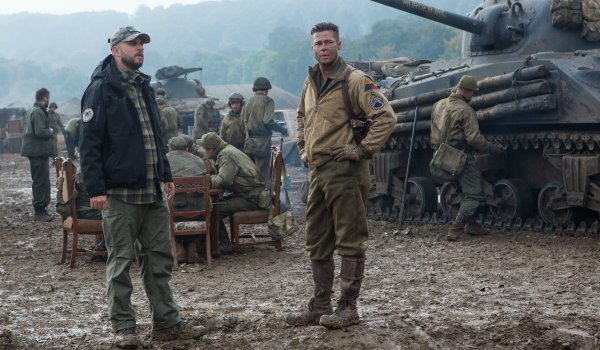
It’s a single day in the life. War movies often tell broader stories to give a sense of meaning to what happens— sure, the rookie might die in the first few days of the mission, but by the end the team redeems him. Fury, though, is a snapshot of a single day— " a day in the life from dawn to dusk," says Lesher— in which the American soldiers, though winning, may have been at their worst. "It’s just a battle for survival right now," says associate producer Owen Thornton. "No one wants to be the last man killed in a war. The soldier that we’ve created here is just that kind of crazy guy who didn’t exist in June 6, 1944 when the allied landing happened in Normandy in France."
The characters are going through hell… and the actors went through their fair share of it, too. Before arriving to work on set in England, the actors playing the tank battalion went through a weeklong boot camp in which they lived and slept inside a real tank. As military advisor David "Sting" Rae explains it, "You’ve got to be bonded." Sting was on hand to keep up the authenticity during the shoot, as well. "The actors are still asking questions every day, but just to make sure it’s real. They want it to be authentic. They’re like sponges and soak a lot up and keep asking for more and more and more, which is fantastic."
The actors were able to meet with veterans who had driven these tanks, as well. "We had four [veterans] come into Los Angeles, before the actors came to London here and had a big roundtable discussion," Sting explains. "The actors picked these amazing veterans’ brains for like four hours. It was just the actors and the veterans. No producers. No press. It was just about getting deep and being honest and telling real stories, and honestly stories veterans don’t even feel comfortable telling their families."
CINEMABLEND NEWSLETTER
Your Daily Blend of Entertainment News
The tanks rolling through the mud looked so real because they *were* real— lovingly restored by collectors from all over the world. Says Lesher, "It’s mightily expensive, but to have these things, the accurate real things, that have never before been in a move before… David and Owen really had a real understanding of what it is." And the collectors who lent their restored tanks and machinery to the film may eventually become Fury’s toughest audience. "This community of people that are interested in World War II are like comic books fans. They know everything about it. So, if we get any of these details wrong, they’re going to be the first ones to pick it up."
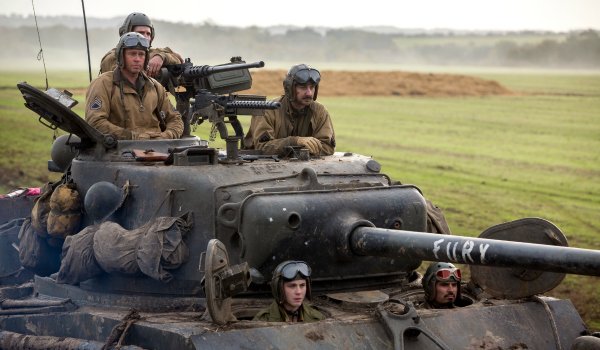
Even the interior of the tank, recreated on a gimbal inside a nearby barn, has real pieces. "We’ve got all real pieces, [and] put them inside the tank," explains production designer Andrew Menzles. "We made it a little bigger for the performances, about 10% bigger, but you’d never know." After a firsthand peek inside the reconstructed tank— which included both pin-up photos and someone’s blood spattered on a back wall— we can confirm: it is mind-boggling that five people were fitting inside that space every day.
Everyone gets involved in the effort to keep things authentic, up to the very last minute. Asked about the biggest challenges in keeping the film realistic, Thornton told a very recent story: "Just one second ago, I was looking at the wall, and I see a drain pipe and it had a barcode on it. As they were filming, there was steam coming out of my ears. I was like, ‘There were no barcodes in World War II. Barcodes aren’t cool!’ I took a big handful of mud in one shot, threw it, and I missed. So, I got another one and finally I got it right."
And if things aren’t looking real enough in real life… try putting it in black and white. "Literally every shot in the movie is riffed off of real imagery that we got," says Menzles, pointing to a wall in the production trailer that was completely covered in archival World War II photos. And just to double check that the homage is correct: "[We’ve been] getting the still guys to show me stills of our scenes, turning them into black and white and just making sure that they really feel like the real thing.
The set was a time machine. It was an easy thing to feel just from a single day’s visit, tromping through the mud, past some cows who had been sequestered out of the shot, weaving between tanks that rolled through the pasture with an almighty roar. The lead actors, at a distance, looked less famous than exhausted; the frustration of not being able to speak to them on set was tempered by keeping up the illusion they were simply soldiers desperate to get home. If we can be fooled while standing there in person, iPhone in hand… won’t the illusion up on screen be that much better?
Fury opens November 14.
